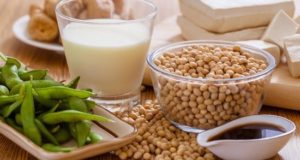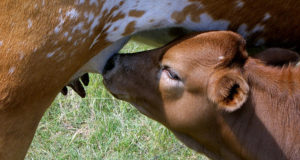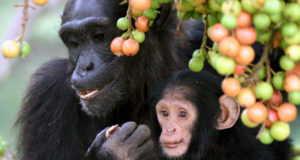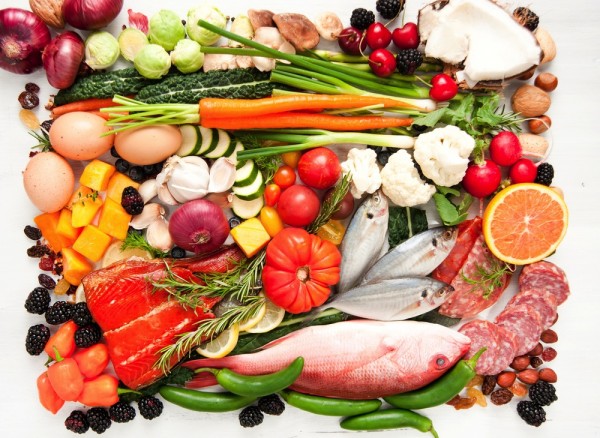
Fifteen centuries is a long time and the average diet of men and women can change a lot. What then was typical food and drink consumed by our ancestors who lived in these islands around the 6th to 7th century and during the centuries following?
oCereals: Barley, wheat, rye and oats were grown and made into bread and beer. A popular use was pottage: a stew of cereals, pulses and vegetables. This was called briw in Old English.
oDrinks: Beer, which was made from malted barley, was the main beverage consumed. This was really a type of ale, meaning it did not contain hops (later centuries would classify beer as ale made with hops). Mead was also produced along with cider but more rarely. In Old English ale was called alu or ealu.Wine was very uncommon and only available to wealthy individuals. Milk was occasionally drunk but more often used for cheese and butter.
oPulses: Beans and peas were commonly used in briw.
oVegetables: Typically used again in briw, these included leeks, onions, garlic, cabbage, turnips, beets, parsnips, carrots. They did not include potatoes – a much later 16th century import.
oHerbs: Ginger, coriander, pepper and other herbs and spices were known, but were mainly used in medicines.
oFruit: Very commonly used in diet, although often dried or boiled and stored for later use; these included apples, pears, plums, cherries, raspberries, strawberries and blackberries. Nuts such as hazelnuts were eaten.
oEggs: were an easily available food which also included ducks and goose eggs as well as hens.
oMeat and Fish: Pretty much all of an animal would be consumed. Red meat was rarer in the diet; pork and chicken being much more common. Game and fowl was eaten much more than today. Shellfish, such as oysters, were a standard part of the diet: much more than is the case in our day, where they are considered an exotic luxury item (although maybe not as much as 20 years ago). Eels and other fish were often eaten on fast days when meat was off the menu.
Read more: For those wishing to find out more about food eaten at this time period, I refer you to Anglo-Saxon Food by Ann Hagen (published by Anglo-Saxon books).
I mention a number of Anglo-Saxon meals in The Amber Treasure: my novel of Historical Fiction set in Dark Age Northumbria. In my next article I will look at dairy products in the Saxon Era.

Source by Richard Denning
All steps to avoid buying fraudulent medicaments and generics online
 Vitamin Agent The Health & Naturalistic Source
Vitamin Agent The Health & Naturalistic Source




